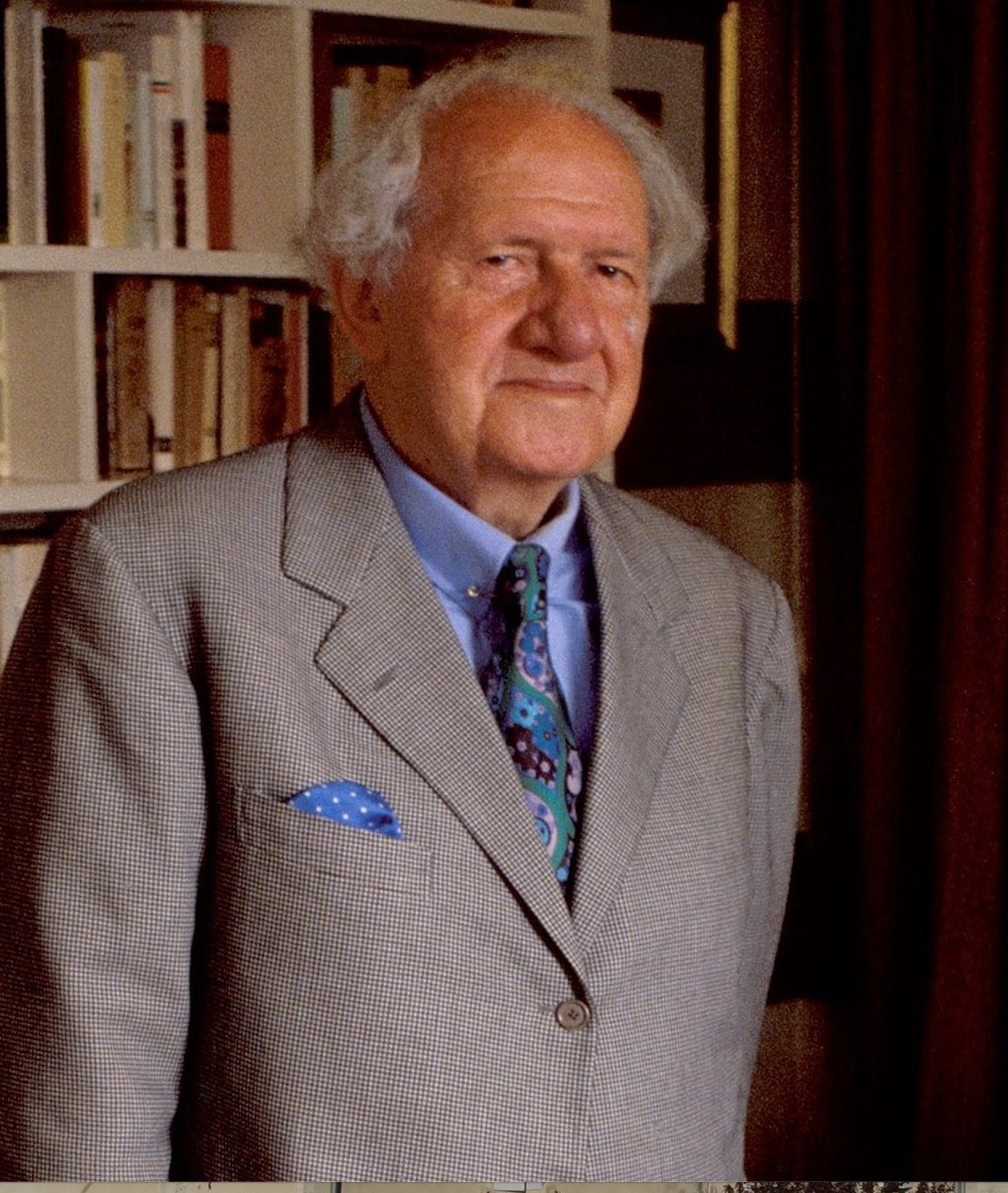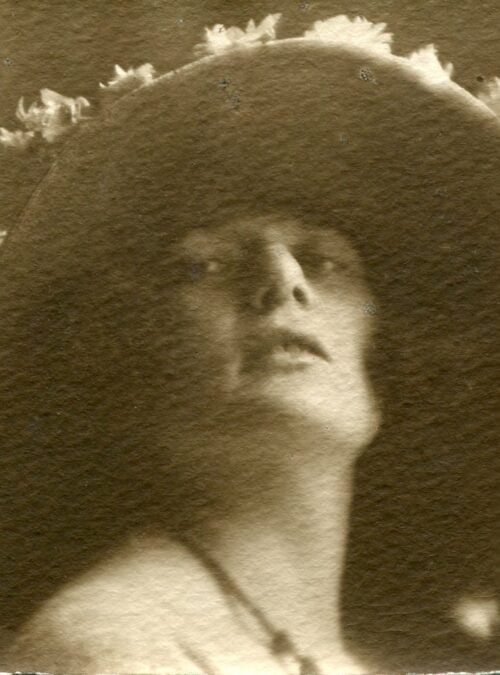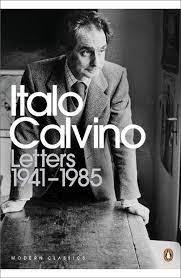Mario Tobino in other languages
Author: Fabio Zarroli, University of Parma

The first information we have regarding translations of works by Mario Tobino (Viareggio 1910 – Agrigento 1991) dates back to 4th February 1954, when the author noted in his diary: ‘The letter from Vallecchi arrived, setting out the conditions for the translation of Libere with the publisher Claassen in Hamburg.’
Of the works published at that time, only Bandiera nera (first edition 1950), Il deserto della Libia (Vallecchi, 1952) and L’angelo del Liponard (Vallecchi, 1951) were translated into other languages. Following the international success of Le libere donne di Magliano (Vallecchi, 1953), other titles by the Viareggio writer also attracted the interest of foreign publishers and translators. The following review does not take into account editions published in magazines or anthologies, nor translations of individual chapters or stories.
As mentioned above, international interest in Tobino’s works began with Le libere donne di Magliano. A year after the Vallecchi edition, Archibald Colquhon’s translation was published in New York by G.P. Putnam’s Sons under the title The Women of Magliano. The text was also published in London in the same year by the English publisher Derek Verschoyle under the title The Mad Women of Magliano. An Imaginary Journal.
In 1954, Le libere donne di Magliano was released in French by Denoël in the volume Le folles de Magliano, and in 1955 in Swedish by the publisher Ljus Förlag (Kvinnorna i Magliano, translated by Karin de Laval). The Claassen edition, the one noted in the diaries, was also published in 1955, with the title Die Frauen von Magliano oder Die Freiheit im Irrenhaus (The Women of Magliano or Freedom in the Madhouse). The German translation was by Charlotte Birnbaum, who at the same time translated the novel La brace dei Biassoli, published by Claassen in 1957 under the title Signora Maria, Zum Bildnis meiner Mutter (Signora Maria, Portrait of My Mother).
Years later, in 1981, Le libere donne di Magliano was also published in Polish in the volume Wolne kobiety z Magliano. Zapiski lekarza psychiatry (The Free Women of Magliano. Notes of a Psychiatrist) in a translation by Barbara Sieroszewska, who had previously translated Biondo era e bello (published by Czytelnyk in Warsaw) and La brace dei Biassoli (published by Institut Wydawniczy, Warsaw) in 1977 and 1979. Finally, in 1986, the German version of Le libere was republished by Unions Verlag in Zurich under the title Die Frauen von Magliano and, in 1988, by the German publisher Luchterhand under the title Die freien Frauen von Magliano.
In Germany, Tobino’s success (the Vieusseux Fund still holds German dissertations) is also linked to the two editions of the short novel Bandiera nera by Reclam Verlag, although these were published more than thirty years after the first Italian edition. The translation by Caesar Rymarowicz dates back to 1981. The title was changed to Doppeltes Spiel (The Double Game).
The Premio Strega-winning Il clandestino (Mondadori, 1962), which recounts the organisation of the partisan resistance in Viareggio, the author’s hometown, enjoyed immediate success beyond national borders. The novel is Tobino’s most translated book, with nine versions in as many languages.
There are two English editions of the text, translated by Raymond Rosenthal, one for Doubleday & Company in New York and the other for Heinemann in London. The cover of the latter features a disturbing photo of Mussolini’s bust, which seems to stare at the reader. Both were published in 1966, with a revised but effective title: The Underground.
The German translation was entrusted to Egon Wiszniewsky, who opted for Medusa as the title, the fictional place name used by Tobino for the setting of the novel. Two editions were also published in Germany, both by the Berlin publisher Leben, in 1965 and 1967 respectively.
In 1964, the Romanian version by George Lăzărescu was published in Bucharest by Pentru with the revised title Organizaţia Clandestină (in Romanian, it is also the only translation of the novel Una giornata con Dufenne, entitled O zi cu Dufenne, written by Idea Andreşoiu-Camozzi and Iulia Giroveanu, and published by Editura Univers in Bucharest in 1971); the same year saw the publication of Ilegala, the Slovenian version by Silvester Škerl for Ljudska knijiga; in 1965, Il clandestino was translated into Serbian by Stojanovic Jugana for the publisher Narodna knjiga with the title Ilegalci. This was followed by the Portuguese version: O clandestino, edited by Albano Vasconselos, published by Portugàlia in Porto in 1966. Also in 1966, El clandestino, a Castilian version by Domingo Pruna, was published in Spain by Plaza y Janés.
The Czech version by Josef Hajny was published in 1983 by Nase Vojsko in Prague under the title Ve znamenì Medusy (In the Sign of Medusa). Finally, in 1986, the novel was published in Slovenian, translated by Jana Gürtlerová, again under the title Medusa, by SPKK in Bratislava. The volume contains an afterword by Eva Balážová.
Il deserto della Libia (The Desert of Libya), a novel inspired by Tobino’s experience as a medical lieutenant in Libya during the Second World War, was also published abroad late in life. In addition to English translations of individual chapters or anthologies, there are translations into Slovenian, French and German. In Slovenian, Il deserto della Libia was published in 1967 by Ljudska knjiga in Ljubljana under the title Libijska puščava (translated by Silvester Škerl). In France, however, Il deserto della Libia only arrived in 1990. It was translated by Simone Matarasso-Gervais for Alinéa, under the title Le Désert de la Lybie. Four years earlier, Matarasso-Gervais and the publisher Alinéa had completed the edition of La Voleuse, a translation of the short novel La ladra (Mondadori, 1984). Returning to Il deserto della Libia, only the German version by translators Miriam Houtermans and Andreas F. Müller for the Innsbruck publisher Haymon, dated 1994, remains to be mentioned. In this case, the title was changed to Die Italienische Wüste (The Italian Desert).
As for the collection of short stories Per le antiche scale (Mondadori, 1972), its success in Italy (winning the Campiello Prize in the year of publication) attracted the attention of Spanish and Japanese translators. The Spanish version, published in 1974, was translated by Juan Moreno (Por la viejas escalinatas, Plaza y Janés, Barcelona). The Japanese translation (狂気もまた愛に掲げく) by Ken Chigusa was published in Tokyo by Hayakawa Literature in 1977. Taken from the preface to the Mondadori edition of Le libere donne di Magliano (The Free Women of Magliano) in 1963, the cover featured the famous statement “even madmen are creatures worthy of love”.
Another book that enjoyed publishing success outside Italy was Biondo era e bello (Mondadori, 1974), a biographical novel about Dante. The work attracted the interest of Polish, Slovak and Chinese translators. In 1980, Plavovlasý bol a krásny was published by Tatran in Bratislava, translated by Stanislav Vallo, while the 1984 Chinese edition by GuangXi Normal University Press is entitled Danding zhuan (The Biography of Dante).
The novel Il perduto amore (Mondadori, 1979) was published in Argentina (El amor perdido) by the translator Helena I. De Ferrante for the publishing house Emecé. In addition, the novel was published in Chinese by Liu Liting in 1988 for the North China Literature and Art Publishing House in Harbin. However, the book mainly attracted the interest of German publishers and readers: in Germany, there were three different editions based on Barbara Lumm’s translation (Verlorene Liebe, Kindler, 1980; Fisher, 1982; Moewig, 1987).
Finally, we should mention the work of Frenchman Patrick Vighetti, who translated Gli ultimi giorni di Magliano (Mondadori, 1982, Le derniers jours de Magliano) in 2006 for La Fosse aux Ours, the novel Tre amici (Mondadori, 1988) in 2011 for Plon, and in 2015, for the publisher La Découvrance, the collection of short stories L’angelo del Liponard e altri racconti di mare (Mondadori, 1963, L’Ange du Liponard et autres récits de mer).
The study and analysis of foreign translations of Mario Tobino’s works remains an area in need of thorough investigation; this article offers only a partial overview.










